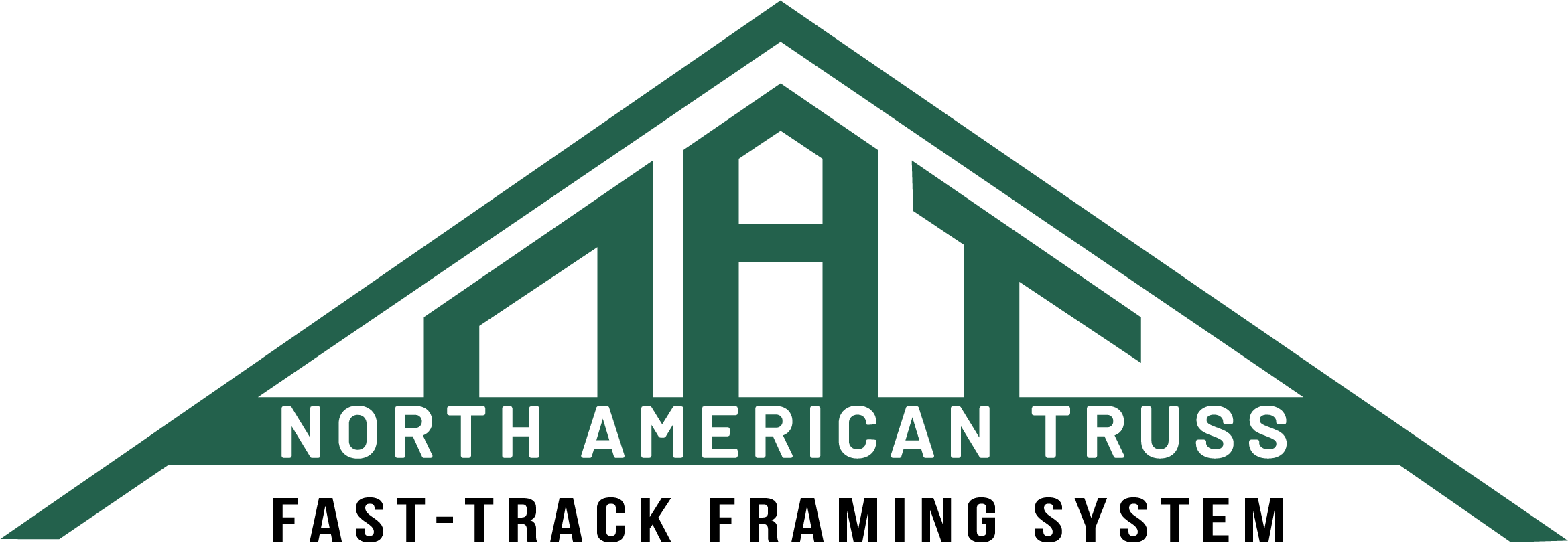Consider the cupboards lining the walls of the last kitchen you were in.
When working with the property owner to decide on storage options, the builder presented two initial choices – purchase premade cabinetry or have them built on-site. Both options ultimately provide the same end result – a storage space that's easily accessible and meets the owner's vision for the heart of the home.
However, pre-made cabinetry and cupboards built from scratch have different impacts on a project – both good and not-so-good – that are worth consideration.
The choice between pre-manufactured trusses vs. rafters is much the same.
Both trusses and rafters are suitable options to create and support a building's roof structure. However, there are important distinctions between the two that have big implications for a project that goes beyond where each is made.
In this article, we'll take a close look at both building components and explore the advantages and disadvantages of each.
[Evaluation] Pre-manufacturered Trusses Vs. Rafters
Though both serve the same purposes in construction, rafters and trusses are unique. Enough so that the choice between the two is not one-in-the-same.
Let’s take a brief look at what each structural component is.
Rafters
Built on-site, rafters form the sloping sides of a roof and provide support for the roofing materials such as shingles or tiles. Rafters are usually placed on top of each other to form a triangular shape and are typically installed in an overlapping manner to provide added strength.
Roof Trusses
Factory-manufactured, roof trusses are pre-cut and sized components that are quickly and easily assembled on-site. They consist of a series of interconnected angles in two directions and can span larger distances than rafters without requiring additional support, making them ideal for longer spans or complex roof designs.
So what's there to consider between the two options? Let's take a look at their pros and cons:
Truss Pros
|
Truss Cons
|
Rafter Pros
|
Rafter Cons
|
Choosing Pre-manufacturered Trusses or Rafters for Your Project
Side by side, rafters and trusses are both fair choices for a project. As with evaluating other comparable building materials, both options bring their own unique benefits and drawbacks.
As much as the answer to selecting rafters vs. trusses for your project comes down to the type of project, premade roof trusses have benefits that are hard to ignore. To that end, when it comes to choosing between roof trusses and wooden rafters, there are several factors for builders – and the property owner – to consider.
From an economic standpoint ... Pre-manufactured trusses have certain cost advantages that rafters don't. With prefabricated components delivered to the job site, trusses can be assembled quickly and efficiently with fewer workers. This saves time and money on labor costs and also produces less waste due to precision engineering.
From a performance standpoint ... Since trusses are pre-made in factory settings, they can be engineered to span larger distances than rafters without requiring additional support. This makes them ideal for longer spans or complex roof designs which can not be achieved with rafters.
From a logistics standpoint ... Pre-built roof trusses provide more control over a project’s timeline. Working with a truss manufacturer, the final products are delivered as finished pieces exactly when they're needed. Their fabrication – from material sourcing to manufacturing – is completely handled by your supplier, taking the burden of that element of project management off your plate. While there is some argument to be made about arranging deliveries (especially in crowded urban areas), this is nothing that can't be worked through ahead of time.
From a human error standpoint ... While there's no product that's 100% guaranteed to always be exactly what you need, premade roof trusses come pretty close. The precision engineering that goes into them means their design is reliable and will meet the project specifications you provided.
From a business management standpoint ... There's nothing like efficiency in a project, regardless of its size or scope. Even a small savings of time and effort can have a compounding effect. In the case of opting for prefab roof trusses, no time constructing the components and a fast install mean your crews are freed up to focus on other elements of the job or move on to another project faster.
Pre-Manufactured Trusses: An Upgrade From Rafters
Like premade cabinetry, ultimately pre-manufactured trusses provide an efficient and cost-effective option for builders and property owners that building from scratch can't touch.
Combining modern manufacturing techniques with project completion optimization, pre-manufactured roof trusses are an upgrade for any construction effort.
Pre-Made Wood Roof Trusses Are Our Specialty
Let's talk about how manufactured building components benefit your project:



COMMENTS